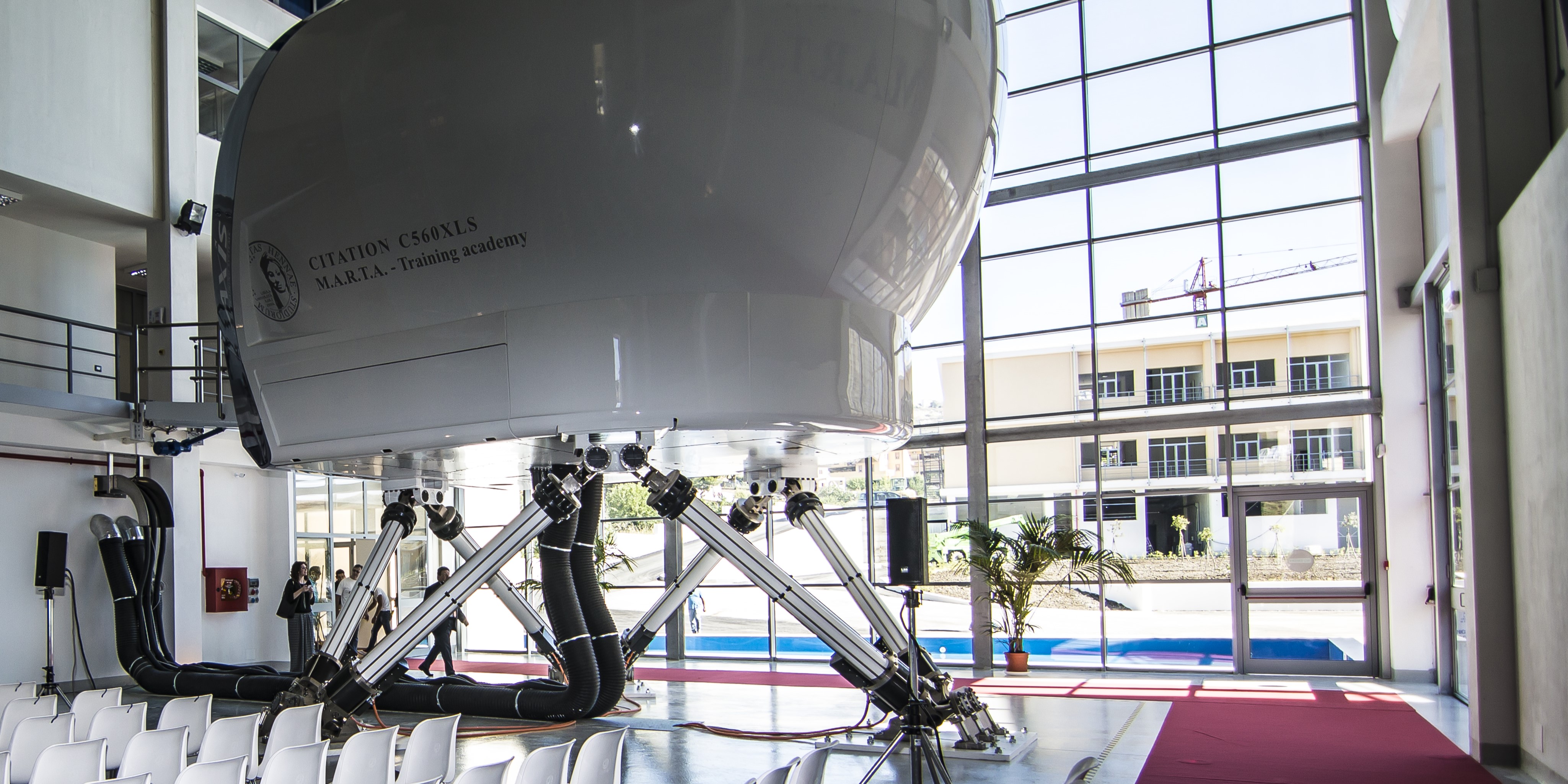
Life cycle assessment and mechanical properties investigation of FDMed PLA reiconfrced wuth dhort hemp fibers and basalt powders
Please login to view abstract download link
3D printing is a promising Additive Manufacturing (AM) technology for the fabrication of functional structures having complex geometries, which show great potential in different industrial fields, including biomedical, automotive, and aerospace. Fuse Deposition Modelling (FDM) is among the most used 3D printing techniques. It realizes parts through the deposition of successive layers of extruded thermoplastic filament, such as acrylonitrile butadiene styrene (ABS), polylactic acid (PLA), poly (vinyl alcohol) (PVA). Despite the popularity of current recycling and lightweight filaments, the inferior mechanical performance of FDM-fabricated parts is intrinsically limited because of the thermoplastic resin used, although optimization of processing parameters, such as build orientation, layer thickness or feed rate, have been greatly investigated. A possible approach for tailoring the properties of 3D printing materials to expand the range of their application is adding nanoparticles, discrete or continuous fibers, into the thermoplastic matrix. Carbon fibers are typically preferred as reinforcing since they can endow thermoplastic matrix with improved stiffness and strength. Also, carbon fiber (CF) offers attractive properties such as lightweight excellent chemical resistance. Nevertheless, they are expensive and poor adhesion exists between polymer matrix and carbon fiber. Recently, basalt fibers basalt fiber (BF), produced by abundant natural basalt rocks, is one important silicate fiber family. It possesses attracted properties such as satisfactory mechanical modulus and strength, chemical and biological inertness, renewability, and biocompatibility. Very little research has been done on the sustainability assessment of these fibers. To fill this gap of knowledge, in this study, Life Cycle Assessment (LCA) is applied to estimate the environmental impacts of AM via Fused Filament Fabrication (FFF), using innovative biocomposites. In particular, based on the monitoring of resource use and energy consumption during the FDM process, this study aims to provide a detailed Life Cycle Inventory (LCI) in this regard. Different scenarios were investigated in terms of fibers used and their percentages, to print the same object by using the same printing conditions.
